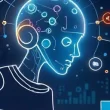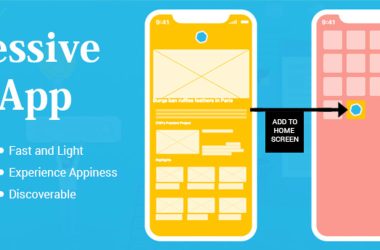Back in the 1960s, when computers were still a relatively new frontier, the term “software engineering” was first coined. The folks developing these early digital systems looked to a well-established field for guidance: civil engineering. They imagined building software much like constructing a bridge or a skyscraper, applying rigorous principles of design, analysis, and construction. This initial comparison profoundly shaped how we first approached creating software.
It made sense, then, that the waterfall model became the go-to approach. Think of it like a meticulous building project: you gather all the requirements, then design, then build, then test, and finally, deploy. Each phase had to be perfectly completed before moving on to the next. This rigid, step-by-step process mirrored the world of civil engineering, where making changes mid-construction could be incredibly expensive and disruptive. For the software challenges of that era, often dealing with simpler, more static systems, the waterfall model offered a seemingly logical and controllable framework.
The waterfall model really shined when it came to embedded systems. These are specialized computer brains tucked inside bigger pieces of machinery – think of the software in your car’s engine or an industrial robot. Because these systems rarely needed updates once they were deployed, the upfront, thorough planning of the waterfall model was ideal. You’d build it once, build it right, and it was generally considered “final” when it left the factory.
But as the software industry grew and started building things for everyday people – applications we use on our phones and computers – the limitations of the waterfall model became painfully clear. Users constantly wanted new features, improvements, and quick fixes. A static, “build it once and it’s done” approach just couldn’t keep up. That’s when iterative development models started to emerge. These newer methods involved working in cycles: plan a bit, build a bit, test a bit, and then get feedback. This flexibility allowed software to evolve over time, letting developers respond to what users actually wanted and deliver products that continually got better.
Today, while the strict waterfall model still has its place for very specific, unchanging projects, the vast majority of software development, especially for anything consumer-facing, embraces iterative and agile methodologies. These approaches, which prioritize continuous feedback and adaptation, are now the industry standard. Look at any recent industry report, and you’ll often see that over 70% of organizations have adopted agile practices. The big takeaway? There’s no single perfect way to build software. The best approach always depends on the project’s unique needs, but in our modern software world, being flexible and responsive is absolutely key.









